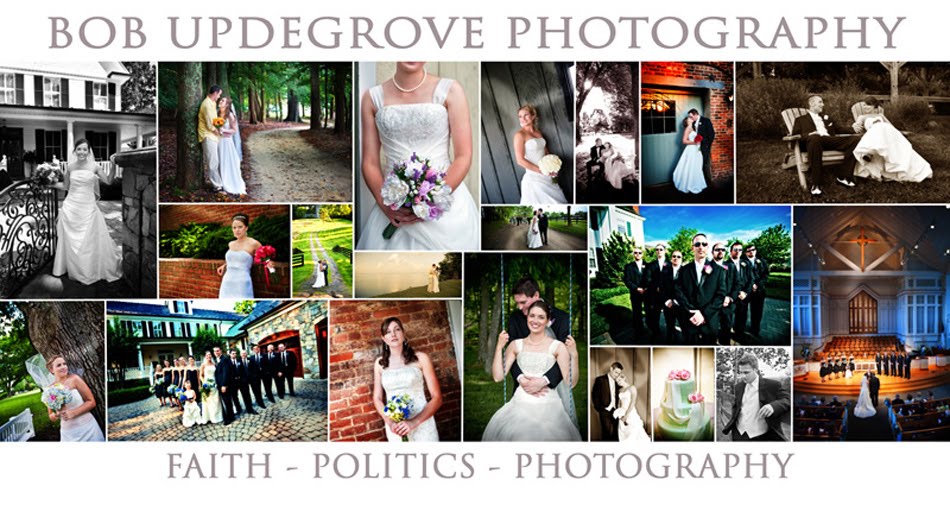Most decent point and shoot and d-slr cameras give you a choice of shooting modes. The basic modes (the ones you want to learn) are aperture priority, shutter priority, program (or auto), and manual. Some cameras have additional modes, or scenes, that you can use, but I would recommend just learning and using the basic modes. So what are these modes, and when would you use them?
First of all, a few items you need to keep in mind. The main objective is to achieve the proper exposure. There are a number of ways to achieve the number "1". You can add 1/10 + 9/10, or you can add 3/10 + 7/10, or 5/10 + 5/10. If "1" represents your proper exposure, you need to juggle between the right combination of aperture and shutter speed to achieve that proper exposure. Aperture (aka f-stop) runs with numbers like 2.8, 4, 5.6, 8, 11, 16; whereas shutter speed numbers run like 2/4/8/15/30/60/125/250/500, etc. Going from one number to the next is considered a "stop". Moving one stop in shutter speed has the same affect in terms of light as one stop in aperture. So using my number "1" analogy, if I change 1/10 to 3/10, then I have change my second number from 9/10 down to 7/10 in order to add up to "1". One more important thing here: the aperture and shutter speed numbers are fractions. You need to put a "1" above the number, so you have a shutter speed of 1/2 a second, or a shutter speed of 1/500 of a second. With apertures, 1/4 is a bigger number than 1/16.
Aperture Priority, Shutter Priority and Program modes are all auto-exposure modes. The camera is determining the proper exposure. All three of these modes should be giving you the same exposure. What varies between them is the combination of numbers.
Aperture Priority: Aperture deal with the lens. It controls the amount of light that comes through the lens. If it is bright out, you might want to reduce the amount of light coming through the lens by closing the aperture (setting it to one of the higher numbers). If it is dark, you would want to do the opposite. Apertures also control your depth of field, or in other words, how much of what you are shooting stays in focus. This also has a lot to do with the kind of lens you are using. In most cases it is best to open your aperture up as wide as possible, letting in as much light as possible through the lens. This allows you to shoot your image with a faster shutter speed. With Aperture Priority, you are setting the aperture where you want it, and then letting the camera determine the shutter speed.
Shutter Speed: Shutter speed deals with the camera. It controls how much light comes through the camera. A slower shutter speed allows more light to hit your sensor, but think about it, as long as the shutter is open, the camera is recording information. So if someone is moving, you will capture all the movement, which means blur. To eliminate blur you want to shoot at a high shutter speed. A higher shutter speed means that less light in coming through the shutter, so you very well may need to bolster the amount of light coming in through the lens by opening up the aperture. Remember, these two work together, and your ultimate goal is a proper exposure. Shutter Priority allows you to set the shutter speed you want, then the camera sets the aperture automatically.
Program Mode: Program mode basically lets the camera determine both the aperture and the shutter speed. Usually it tries to optimize both, which can be fine, especially when you are outside. But oftentimes you can optimize the aperture and/or shutter speed much better by using the shutter or aperture priorities modes. I personally use Aperture Priority almost all the time when shooting outdoor. I like opening up my aperture to the max, not only so I can blur out the background with my longer lens, but because it will give me the fastest shutter speed, which is usually what I want.
Manual Mode: Manual mode lets you set both the aperture and the shutter speed manually. This can be handy in difficult lighting situations when it appears that the in camera exposure meter might get fooled by the lighting, thereby giving you a wrong exposure. Manual mode also comes in handy when shooting indoor with flash. I shoot everything indoor in manual mode. More about that in another posting to come.
One more thing to keep in mind: there is a third element involved in affecting your exposure . . the iso setting. ISO is light sensitivity. Lower numbers like 100 or 200 means less sensitive to light than the higher numbers. In digital terms, higher iso numbers can result in more noise in your images, so you generally want to use lower iso numbers for cleaner images. One of the biggest breakthroughs in digital though is the advancement in iso quality. It used to be that shooting at 400 iso brought noise. Now, in the higher end cameras, you can easily shoot at 3200 or 6400 with minimal noise. Those higher numbers mean shooting in even lower light. ISO numbers jump in "stops" just like aperture and shutter speed, so raising the ISO means being able to compensate with higher shutter speeds.
Lots of info here that might be new to you. Read through it a couple times, maybe with your camera in hand. Some lower end point and shoot cameras don't have any of these settings on them, so you are stuck. A good reason to spend a few dollars more on a camera that has these settings.

No comments:
Post a Comment